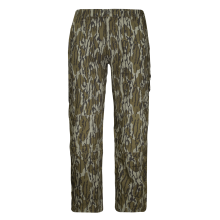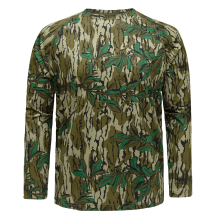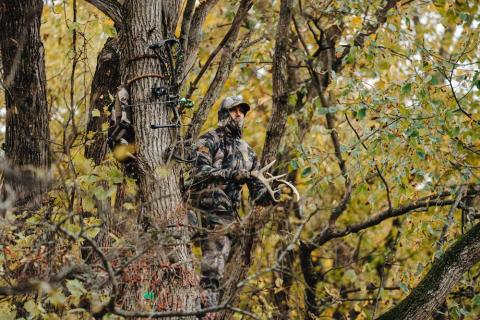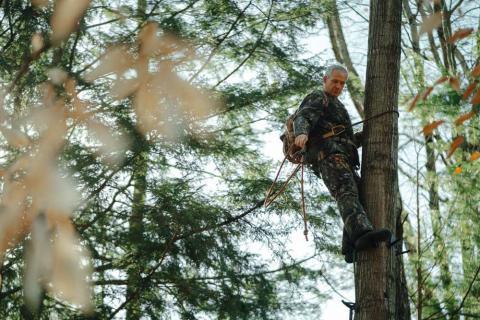Bart K. Davis
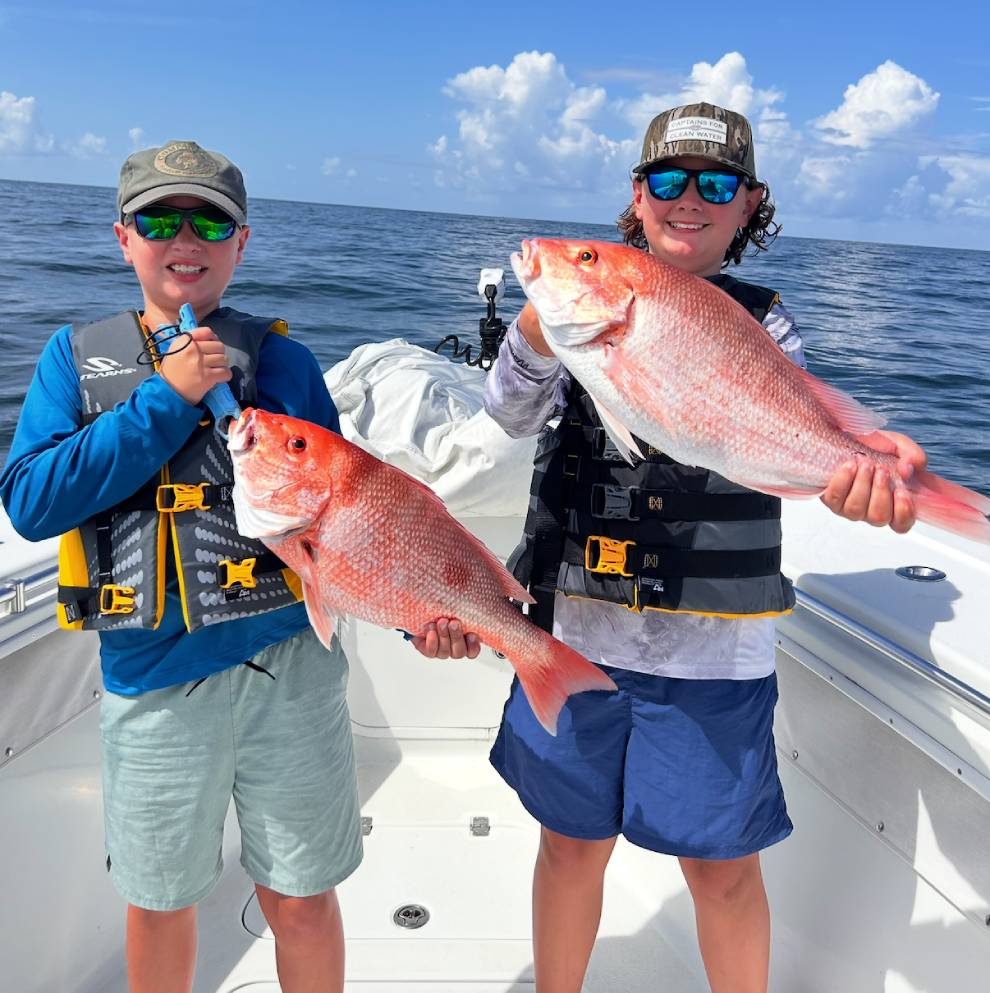
One of the most sought-after gamefish from the Carolinas to the Gulf, red snapper are experiencing a resurgence like few other species. Thanks to careful management and tighter harvest limits over the past two decades, populations have bounced back strong—and with that recovery has come a new golden age of snapper fishing. They truly are the American snapper.
With their fiery red flanks and powerful strikes, red snapper are everything anglers want in a bottom fish: hard-fighting, photogenic and absolutely delicious. Whether you're fishing the deep wrecks off the Florida Panhandle, the ledges off Charleston, or the production platforms in the western Gulf, the fundamentals remain the same. But dialed-in tactics make all the difference.
Structure Is Everything
Red snapper are structure-oriented predators. They congregate around natural and artificial reefs, ledges, wrecks, rock piles, and oil rigs—anywhere they can ambush prey like baitfish, squid, or crustaceans. Some of the best snapper spots are no more than small patches of rubble or an isolated high spot in an otherwise featureless bottom.
Good electronics are key. Use a good bottom machine to locate subtle bottom features, stacked bait, or arcs of suspended snapper. Don't be afraid to mark multiple spots and bounce around—snapper can be surprisingly mobile, especially in warmer months. If you’re marking fish but not getting bites, move.
Live Bait Leads the Way
When targeting keeper-sized red snapper (and especially trophy fish over 20 pounds), live bait is king. Threadfin herring, cigar minnows, pinfish, and small blue runners are all top producers. Drop them down on a knocker rig or Carolina rig with just enough weight to reach the bottom and stay vertical. I like a circle hook that is sized to fit the bait and snelled to a length of fluorocarbon leader—snapper usually aren’t too leader-shy but if you find you’re not getting bites then drop down and see if that makes a difference.
Bigger snapper tend to hang slightly above the reef. Start by dropping to the bottom, then crank up a few turns—this often places your bait right in the strike zone. If you're getting pecked by smaller fish, try a larger bait and back off the structure slightly to find more selective feeders.

Dead Bait Still Gets Bit
You don’t always need a livewell to get in on the action. Fresh-cut bait—especially bonito, squid, or sardines—works well, particularly when fished on the bottom near thick structure. Chumming with cut bait can fire up a school and bring fish up in the water column. When that happens, free-lining a chunk on lighter tackle can lead to explosive strikes just below the surface.
Vertical jigging has gained traction among snapper anglers, and for good reason—it’s fast, active, and deadly effective. Knife jigs, butterfly jigs and slow-pitch jigs in the 100–250 gram range can trigger reaction bites, especially from fish suspended above the reef.
Match jig weight to depth and current. Use a high-speed reel and braided line for sensitivity. Sharp, erratic movements can draw strikes, but sometimes slower, more rhythmic jigging works best—let the fish dictate the pace. This is also a great way to weed out bigger, more aggressive fish in a mixed-size school.
Early morning and late afternoon tend to be more productive, especially in high-pressure areas. Try to fish on weekdays if possible to avoid crowds, and pay attention to tide swings and moon phases—stronger tidal flows often lead to more aggressive feeding behavior.
And while you don’t need broomsticks to catch red snapper, your gear should be up to the task. A 6’6” to 7’ medium-heavy rod paired with a quality conventional reel spooled with 40–60-pound-test braid is a versatile setup. Fluorocarbon leaders in the 40–80 pound range help reduce visibility while withstanding sharp gill plates and reef abrasion.
Catch, Keep, or Conserve
With snapper stocks on the rise, more anglers are catching limits—but smart harvest practices still matter. Use descending devices or venting tools for fish brought up from deep water to give released fish a fighting chance. Handle snapper quickly and minimize deck time if you're releasing them, especially in hot weather.
And when you do take fish home, you’re in for a culinary treat. Red snapper is mild, firm, and versatile—perfect for grilling whole, baking, or pan-searing with a citrus butter sauce.
Red snapper represent one of the greatest success stories in modern saltwater fishing. They're abundant, exciting, and a cornerstone of southern coastal angling culture. For kids and newcomers, red snapper offer a forgiving learning curve and thrilling results. For veterans, they remain a worthy challenge—especially the giants lurking just off the structure. With the right tactics, gear, and respect for the resource, you’ll be hooked on America’s favorite bottom fish in no time.















